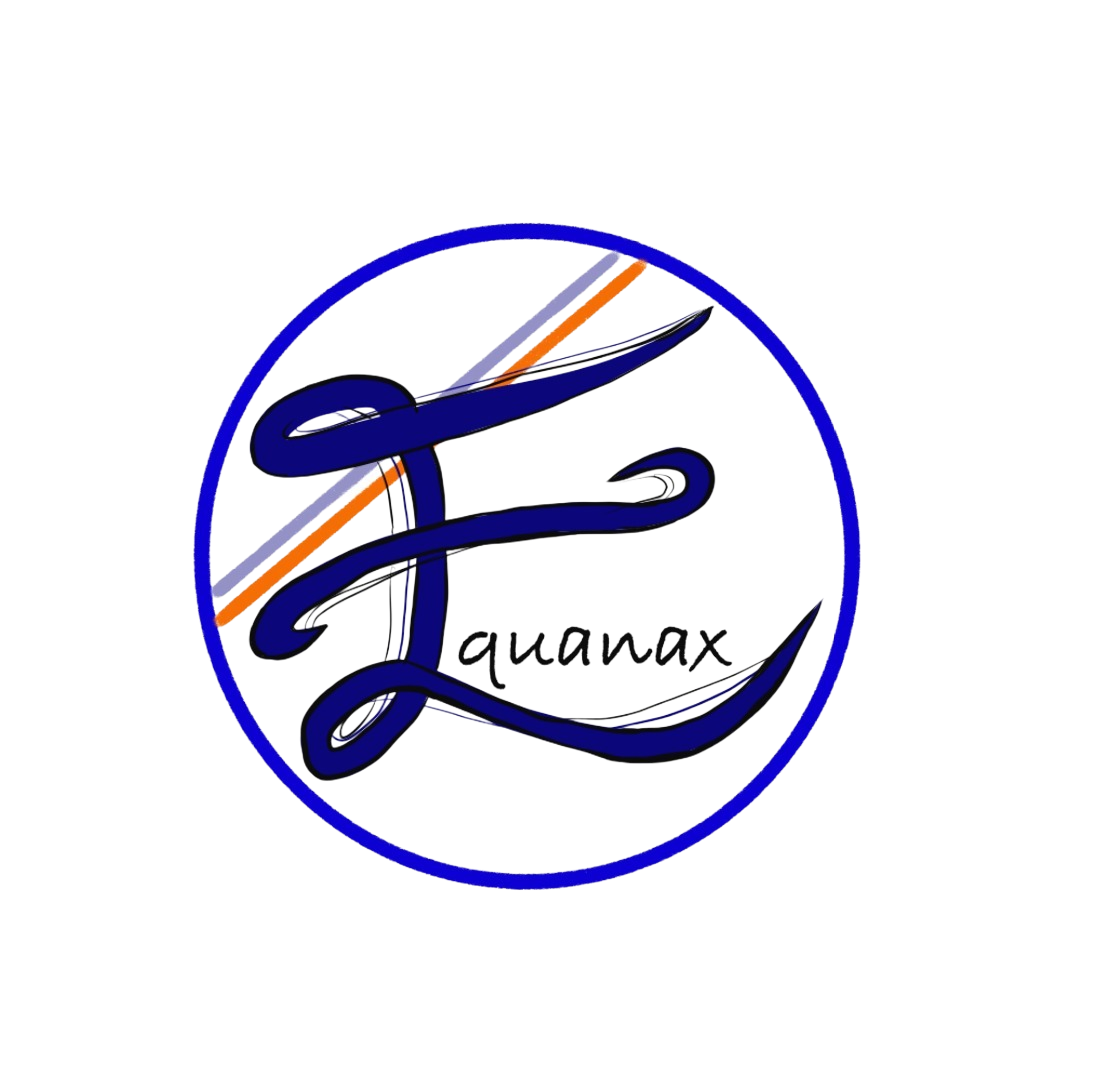Automate Gmail to Salesforce with n8n for Scalable Lead Capture
This article may contain affiliate links that we get paid on.
Table of Contents
Introduction: Why Automating Gmail to Salesforce Matters
Configuring Gmail and Salesforce for n8n
Designing a No-Code Workflow for Lead Capture
Streamlining Contact Creation and Pipeline Movement
Scalability Principles for Gmail-Salesforce Automation
FAQ
Introduction: Why Automating Gmail to Salesforce Matters
Manual lead entry wastes hours and risks lost revenue. According to a Salesforce study, 79% of sales reps say they miss follow-ups due to scattered communication. When Gmail is your primary inbox, every unlogged email becomes a blind spot in your CRM. Connecting Gmail directly to Salesforce with automation turns inbox chaos into structured pipeline data. By eliminating the copy-paste effort, sales ops and RevOps eliminate latency in deal cycles through CRM workflow automation from Gmail.
For SaaS verticals specifically, consider a RevOps analyst managing renewals. Without structured workflows, missed emails mean churn. Another case is a product-led SaaS trial sign-up confirmation landing in Gmail and never making it into Salesforce - an opportunity completely lost. These examples show how fragile manual handling is. n8n, a no-code automation engine, closes this system gap, parsing emails and syncing information so your CRM reflects reality in real time with automated lead capture from email.
Understanding your sales velocity metrics becomes crucial when implementing these automation workflows, as faster lead processing directly impacts your conversion rates.
Configuring Gmail and Salesforce for n8n
The first step is credential setup. In n8n, Gmail integration requires OAuth tokens configured via Google Cloud to ensure secure inbox access. Once connected, inbound and outbound emails can become triggers for end-to-end workflows. On the Salesforce side, create a connected app, enabling OAuth 2.0 for data exchange. Authentication might fail if API access is restricted, so confirming permissions for leads, contacts, and opportunities is crucial.
The foundational nodes in n8n include Gmail Trigger, Salesforce Create, and Salesforce Update. This trio enables Gmail messages to flow directly into Salesforce tables. Think of this as constructing pipelines, not just connections. A SaaS head of sales might configure Gmail triggers specifically for messages containing "demo request" in the subject line. Another use case: A partnerships manager in a SaaS marketplace could configure workflows where every inbound inquiry with "integration partner" routes directly to pipeline stages. The analogy here is logistics: n8n is the customs office, inspecting, validating, and routing every package correctly before it enters your Salesforce warehouse.
Consider implementing effective lead routing strategies to ensure your automated workflows distribute leads to the right sales representatives based on territory, expertise, or workload capacity.
Designing a No-Code Workflow for Lead Capture
Once systems connect, design triggers that identify real leads. Parsing emails means filtering not just the sender's address but pulling structured data. For example, name, email, company, and context notes can be extracted automatically using n8n parsing functions. This email parsing for sales automation is then mapped into Salesforce's lead fields, reducing zero-value manual entry. Filters allow workflows to process only messages with keywords such as "pricing" or "demo."
Testing workflows is critical. Use a sandbox Salesforce environment to prevent dirty data entering production. By creating controlled test scenarios and adjusting field mappings, accuracy is guaranteed before production-level deployment. In practice, imagine your SaaS trial activation emails are parsed by subject line, and only high-intent keywords trigger lead creation. Another example: Customer success managers might automate capturing NPS feedback emails where "score" appears in the message, automatically syncing feedback into Salesforce. Both illustrate SaaS workflows that transform your sales cycle from reactive to proactive with lead generation automation from inbox.
Your B2B lead qualification framework should align with these automated workflows to ensure only qualified prospects enter your sales pipeline, maximizing the efficiency of your automation efforts.
Modern sales automation workflows can significantly reduce the time between initial contact and first sales touchpoint, improving overall conversion rates and customer experience.
Streamlining Contact Creation and Pipeline Movement
After lead capture, automate the creation of new Salesforce contacts instead of relying on manual sales input. Each Gmail lead, once validated, translates into a Salesforce contact record. In workflows, n8n can even update account structures, linking new contacts with the right opportunity. When paired with Gmail threads, entire conversations can sync, creating a 360-degree view of lead engagement. This is how automated contact creation from email becomes a dependable function inside Salesforce.
Follow-up task automation ensures SDRs and AEs never drop the ball. Assign tasks directly inside Salesforce once a lead is synced from Gmail. For example, if a SaaS product evaluation request lands via email, n8n auto-assigns a next-step call to a rep. Another SaaS case: a customer's cancellation notice received by Gmail gets mapped into an "at-risk account" stage in Salesforce automatically, enabling proactive success outreach. These are not abstract use cases; they are real operational inefficiencies solved instantly using a strong CRM email integration tool. Validation nodes in workflows also guarantee data integrity, reducing lead duplication or mismatching.
Incorporating predictive lead scoring into your automation workflows can help prioritize which contacts receive immediate attention and which can be nurtured through automated sequences.
Scalability Principles for Gmail-Salesforce Automation
A workflow that works today may collapse under email volume tomorrow. Scalability requires conditional logic that routes high-priority deals differently than low-intent messages. In n8n, branching conditions segment workflows explicitly. Compliance is equally critical. Ensure Gmail parsing respects PII rules while Salesforce follows GDPR and ISO standards. Implement access-level validation to prevent wide exposure of sensitive leads.
For scaling SaaS go-to-market processes, regular audits should be standard practice. Every quarter, review workflow performance, latency in sync, and lead accuracy. Workflows should evolve with volume. If your SaaS grows from 500 inbound emails per month to 50,000, workflows must shift from linear parsing into conditional layering to prevent overload. Using this playbook, Gmail becomes not just a messaging system but the first automated entry point into an industrial-grade sales pipeline. n8n email automation for sales allows teams to handle growth effectively.
Think of automation here as urban planning: without clear design and ongoing oversight, scaling will create bottlenecks rather than eliminating them. This approach ensures you can sync Gmail leads to CRM reliably at scale.
Understanding data-driven sales operations becomes essential when scaling these automation workflows, as you'll need robust analytics to monitor performance and identify optimization opportunities.
Advanced workflow automation best practices emphasize the importance of building in error handling and fallback mechanisms to ensure your automated processes remain durable in the face of high demand, unexpected email formats, or Salesforce API connection challenges. By allocating workflows into modular components, you can isolate potential failures and reduce downtime. Building alerts into n8n notifications ensures that sales ops teams receive immediate updates if a workflow stalls or fails, preventing silent data loss.
Get Started With Equanax
Unlocking the full potential of Gmail-to-Salesforce automation requires strategy, reliable workflows, and ongoing optimization. At Equanax, we help SaaS and enterprise teams remove manual inefficiencies, design scalable lead capture systems, and apply data-driven processes that improve sales velocity. If you want to stop losing leads to inbox bottlenecks and build automation aligned with growth, our experts are ready to guide you. Reach out today to see how we can transform your email-to-CRM process into a revenue-driving engine.
FAQ
Q1: Can I automate Gmail to Salesforce without coding?
Yes, with tools like n8n you can build workflows to capture leads and sync data without writing code.
Q2: How secure is Gmail-Salesforce automation?
When configured with OAuth and proper permissions, it ensures secure data transfer while maintaining compliance.
Q3: Can workflows scale with higher email volumes?
Yes, n8n supports conditional logic, load distribution, and scalable designs to handle growing sales pipelines.
Q4: What are the main SaaS benefits?
Faster lead capture, reduced churn, accurate CRM records, and more streamlined revenue operations.
Q5: Should I test before going live?
Always test in a sandbox Salesforce environment before applying workflows to production.

